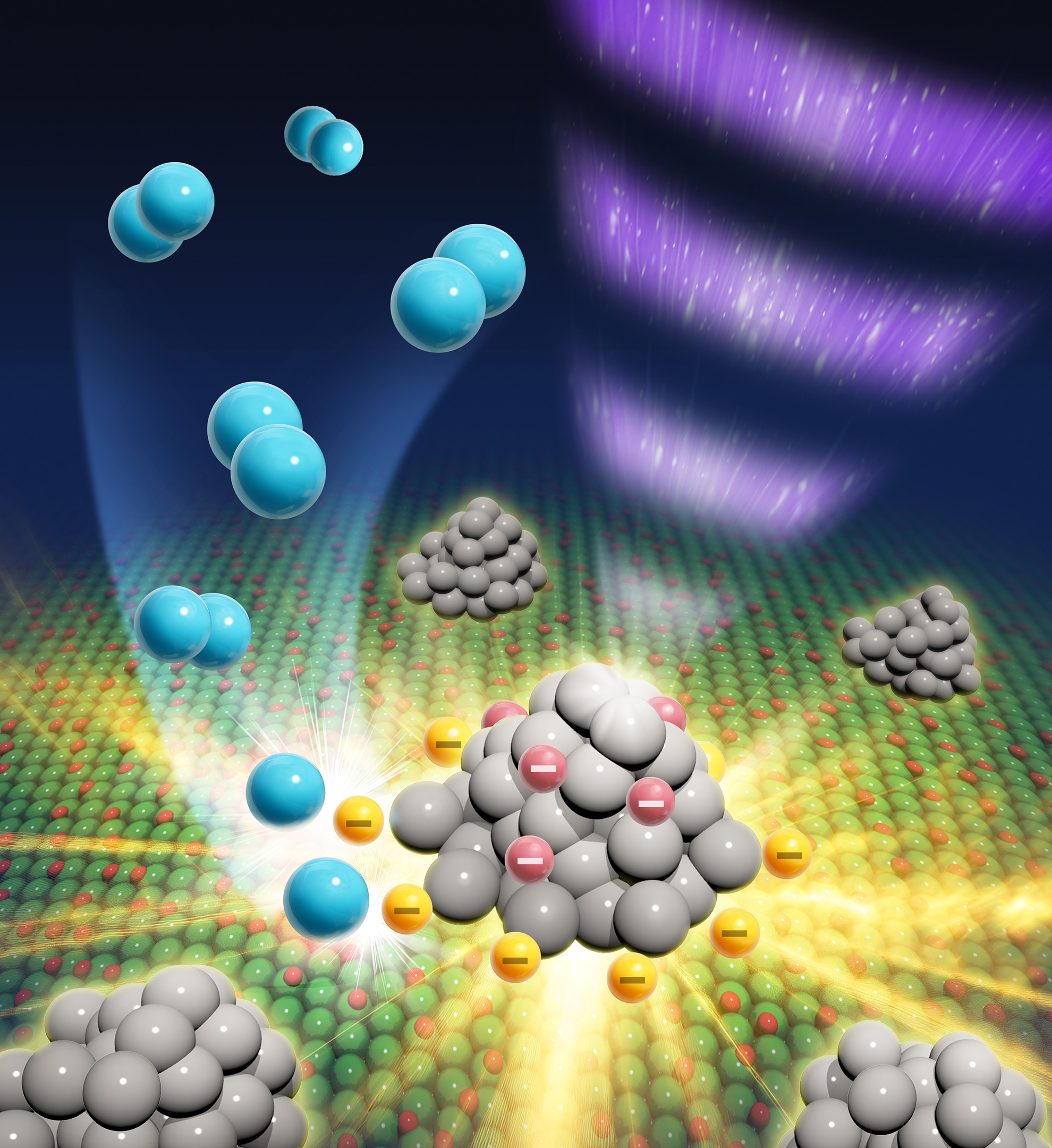
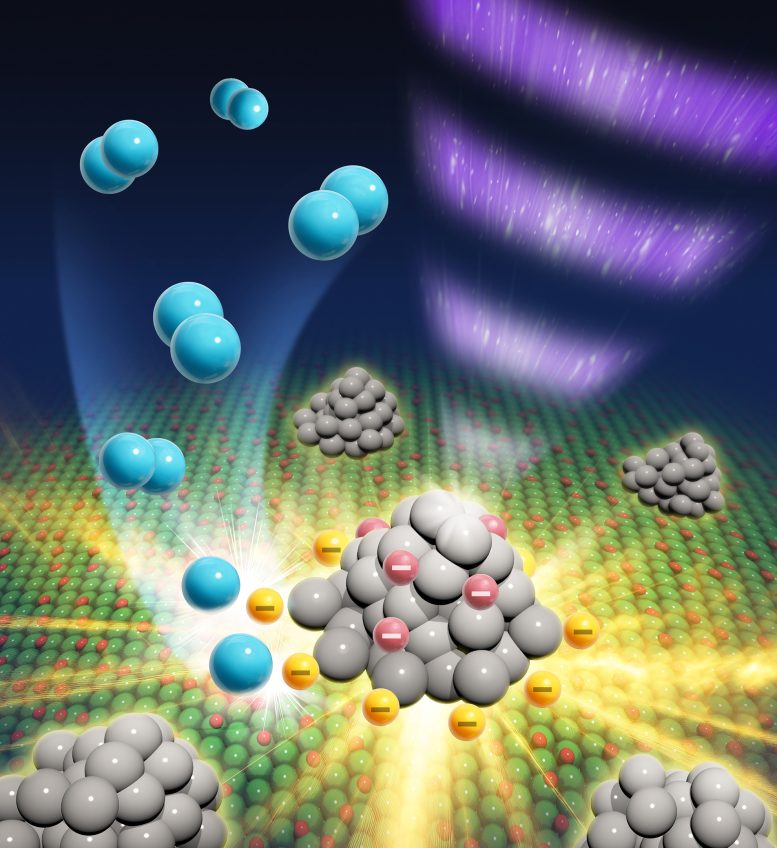
Researchers have made a significant breakthrough in photocatalysis, identifying that electrons trapped near metal cocatalysts, rather than free electrons, are crucial for hydrogen evolution.
This discovery, facilitated by using a Michelson interferometer in operando FT-IR spectroscopy, overturns previous beliefs and opens new avenues for designing advanced catalysts that could enhance sustainable energy practices.
History and Challenges in Photocatalysis
Since the discovery of photoelectrochemical hydrogen evolution by Honda and Fujishima in 1972, heterogeneous photocatalysis has been intensively investigated and is still a hot topic in science and technology. In particular, understanding of reactive electron species and active reaction sites on photocatalytic reduction reaction are vital for designing and manufacturing innovative catalysts with improved evolution activity of hydrogen as sustainable energy carrier.
However, despite its fundamental importance, microscopic understanding on photocatalysis remains a highly challenging issue owing to an inherent difficulty in experimentally observing and extracting weak spectroscopic signals originating from the photoexcited reactive electron species. This is predominantly due to inevitable temperature increment for catalyst samples under actual photocatalytic reaction conditions upon continuous photon irradiation. In this case, the weak signals derived from reactive photoexcited electron species are readily overwhelmed by intense background signals originating from thermally excited nonreactive electrons.
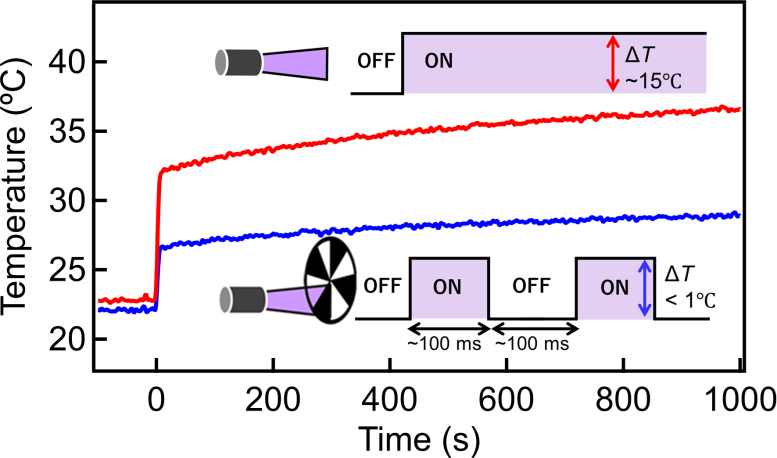
Advancements in Reactive Electron Identification
Researchers (Dr. Hiromasa Sato and Prof. Toshiki Sugimoto) at Institute for Molecular Science / The Graduate University for Advanced Studies, SOKENDAI succeeded in significantly suppressing the signals derived from thermally excited electrons and observing the reactive photogenerated electrons contributing to the photocatalytic hydrogen evolution.
Such innovation was achieved by a new method based on synchronization of the millisecond periodic excitations of photocatalysts with a Michelson interferometer used for FT–IR spectroscopy. This demonstration was achieved for metal-loaded oxide photocatalysts under steam methane reforming and water splitting conditions.
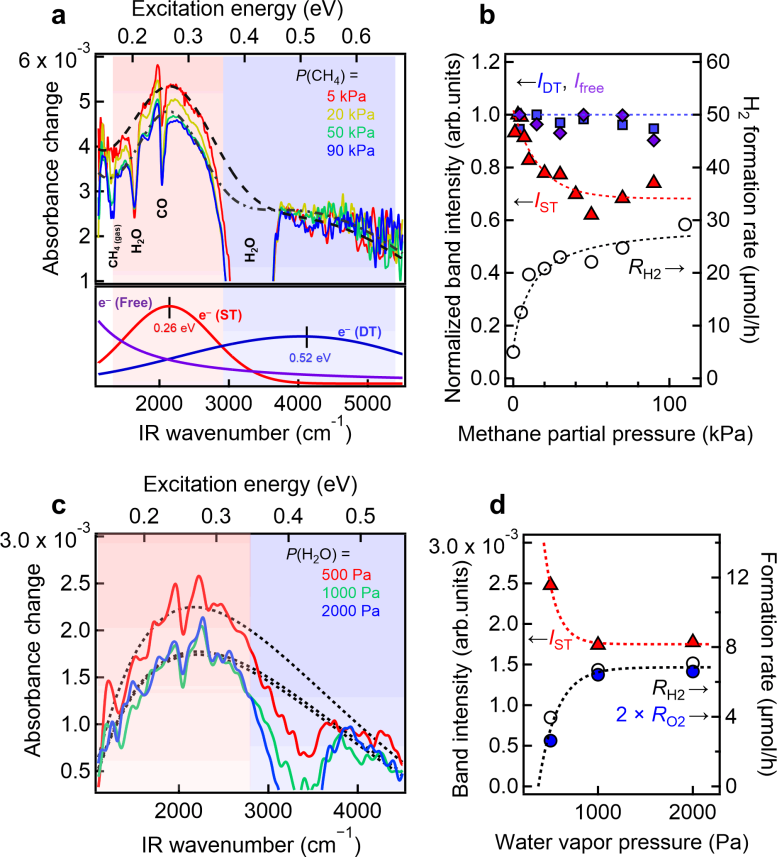
Although it has long been conventionally believed that loaded metal cocatalysts function as sinks for reactive photogenerated electrons and active sites for reduction reactions, they found that the free electron species in the metal cocatalysts were not directly involved in the photocatalytic reduction reaction. Alternatively, the electrons shallowly trapped in the in-gap states of oxides contributed to enhancing the hydrogen evolution rate upon the loading of metal cocatalyst.
The electron abundance in the in-gap states, especially metal-induced semiconductor surface states, was clearly correlated to the reaction activity, suggesting that such metal-induced semiconductor surface states formed in the periphery of the metal cocatalyst play key roles in the photocatalytic hydrogen evolution.
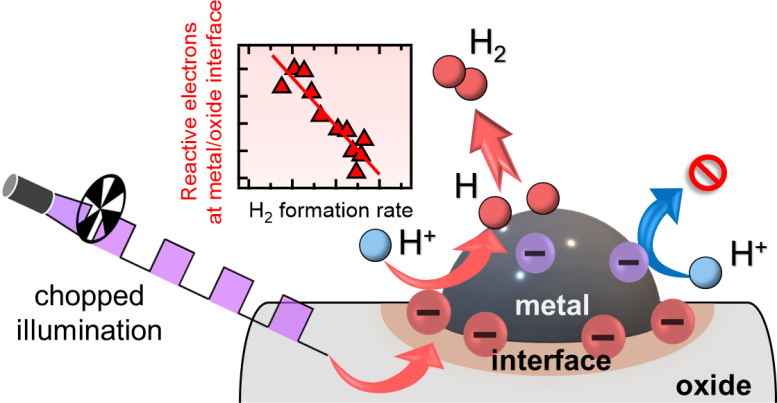
Shifting Paradigms and Future Potential
These microscopic insights shift a paradigm on the traditionally believed role of metal cocatalysts in photocatalysis and provide a fundamental basis for rational design of the metal/oxide complex interfaces as promising platforms for nonthermal hydrogen evolution.
Furthermore, the new approach of operando infrared spectroscopy is widely applicable to other various catalytic reaction systems and materials driven by the aid of photons and/or external electric field/potential. Therefore, the new approach would have great potential to uncover hidden key factors to enhance catalyst performance toward innovation of environmentally friendly energy technology for next-generation sustainable society.
Reference: “Direct Operando Identification of Reactive Electron Species Driving Photocatalytic Hydrogen Evolution on Metal-Loaded Oxides” by Hiromasa Sato and Toshiki Sugimoto, 27 August 2024, Journal of the American Chemical Society.
DOI: 10.1021/jacs.3c14558